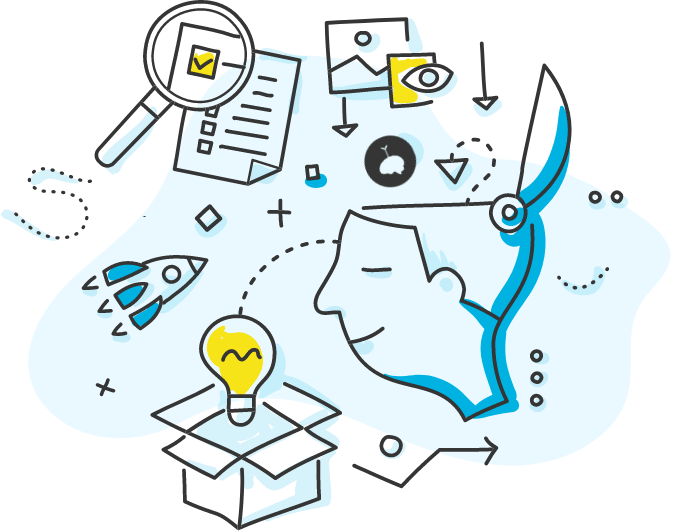Estimated Reading Time:2 minutes, 53s.
Podcast Length23 minutes, 38s (link to play podcast at bottom of post).

How to Relax
For the past few months, I’ve been poring over quite a bit of research on the topic of relaxation. If there’s one thing that has become clear from this deep dive, it’s this: true relaxation is something that few of us achieve. I’d include myself in this group—up until recently, I’d been doing relaxation wrong.
When many of us have some time to relax, we distract ourselves—turning our attention to social media, YouTube, Netflix, and other things in the digital world. In the moment, these things feel like a reprieve from the stressors of daily life. But the truth is that tending to them in our downtime may hurt more than help.
There’s a reason for this: digital activities rarely lead us to relax.
So what should we do to relax? The key is to do things that actually make your mind less stimulated.
Each time we pay attention to something new and novel in our digital world, our brain rewards us with a hit of dopamine, a pleasure and reward chemical. We get a hit each time we refresh YouTube. We get another hit each time we check news websites like CNN and the New York Times. We get yet another hit when we refresh Instagram.
This dopamine release feels good in the moment. But it can also lead our mind to become overstimulated when we turn to our digital devices too often.
If you want to relax and recharge during your breaks, it’s essential that you try to settle your mind, by engaging with activities that don’t lead to a quick dopamine release. Digital distractions feel like a break, because they’re different from our work, but they don’t allow our mind to actually settle. Analog activities, on the other hand, do settle our mind. They stimulate us, without overstimulating us.
This is not to say that your favorite websites and apps shouldn’t have a place in your life. But because they lead you to become overstimulated—especially when you’re already tired—they’re not great activities to engage in if your intention is to relax.
The Two Types of Relaxation
The best relaxation activities are found in the analog world; you should almost always avoid the digital world if your intention is to recharge. Depending on how you’re feeling, and how much energy you have, there are great ways to relax both actively and passively.
Active activities can include things like:
- Going for a run;
- Attending a yoga class;
- Practicing an instrument;
- Hitting the gym, or playing a sport;
- Playing with your kids;
- Spending time on your favorite art—writing, painting, or writing poetry.
Passive tasks include things like:
- Doing a guided meditation, or solo meditation;
- Reading;
- Doing a gentle yoga video (here’s my favorite yoga channel on YouTube);
- Listening to an audiobook with a cup of coffee—while putting your phone on airplane mode.
Most of these are analog activities—and as such, they don’t just lead to a quick dopamine release, which can lead you to feel even more stimulated and tired and fatigued. Activities like these are less novel than your work and digital life, and so they settle your mind as a result.
A settled mind is a productive mind. The more relaxed your mind, the more recharged you feel, the greater mental clarity you have, and the more ideas and plans you generate.
The next time you want to relax, be sure to spend time on analog activities that don’t just lead to a quick dopamine release. You won’t just feel better—you’ll actually get a chance to recharge.




